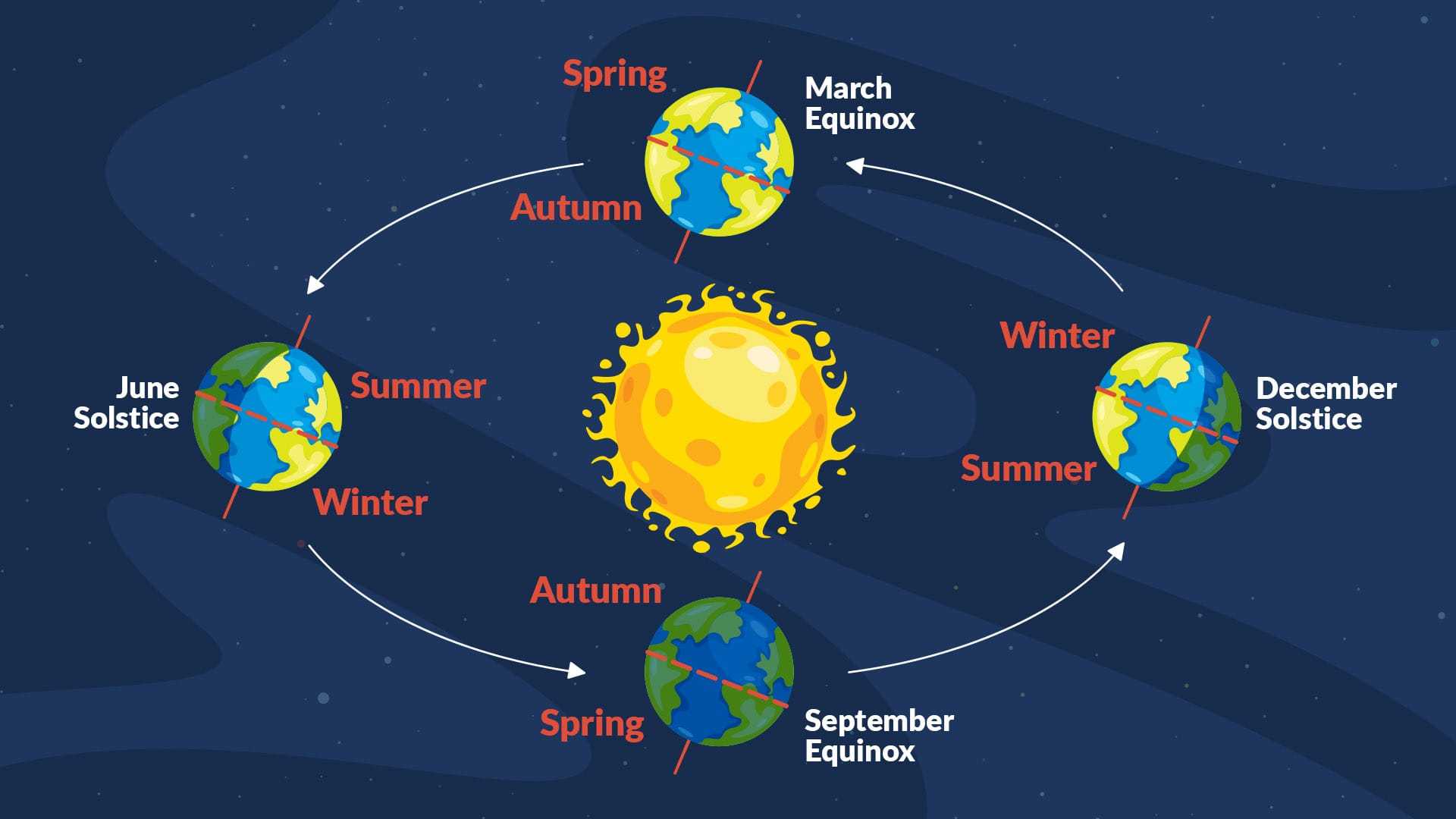News
Understanding the Autumnal Equinox and Its Significance

The first day of fall, also known as the Autumnal Equinox, is marked this year on September 22, 2024. This event represents the transition from summer to autumn and is characterized by the position of the Sun directly over the equator, resulting in nearly equal daylight and nighttime hours globally. This phenomenon occurs because the Earth’s axial tilt is neither away from nor towards the Sun at this time.
The term ‘equinox’ itself comes from the Latin words ‘aequus,’ meaning equal, and ‘nox,’ meaning night. During the equinox, both the Northern and Southern Hemispheres experience roughly 12 hours of daylight and 12 hours of night.
This year’s equinox occurred at precisely 8:43 AM, as noted by sources including timeanddate.com. Residents in Myrtle Beach, South Carolina, observed the beginning of autumn at this exact time, with sunrise recorded at 7:05 AM and sunset at 7:11 PM, resulting in a day filled with approximately 12 hours of sunlight.
It is important to understand that these equinoctial changes are intricately linked to Earth’s elliptical orbit and axial tilt. Contrary to common assumptions, the Earth does not orbit the Sun in a perfect circle, nor does it move at a constant speed, leading to the unequal length of the seasons. In the Northern Hemisphere, autumn typically spans about 89.8 days.
The Autumnal Equinox is a globally observed astronomical event, and its exact timing can vary annually, influenced by factors such as the Earth’s orbit. This variation explains why the first day of fall does not always fall on the same calendar date each year.












